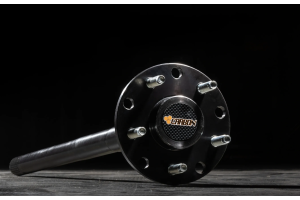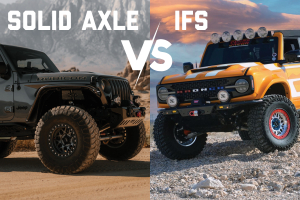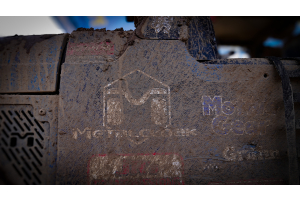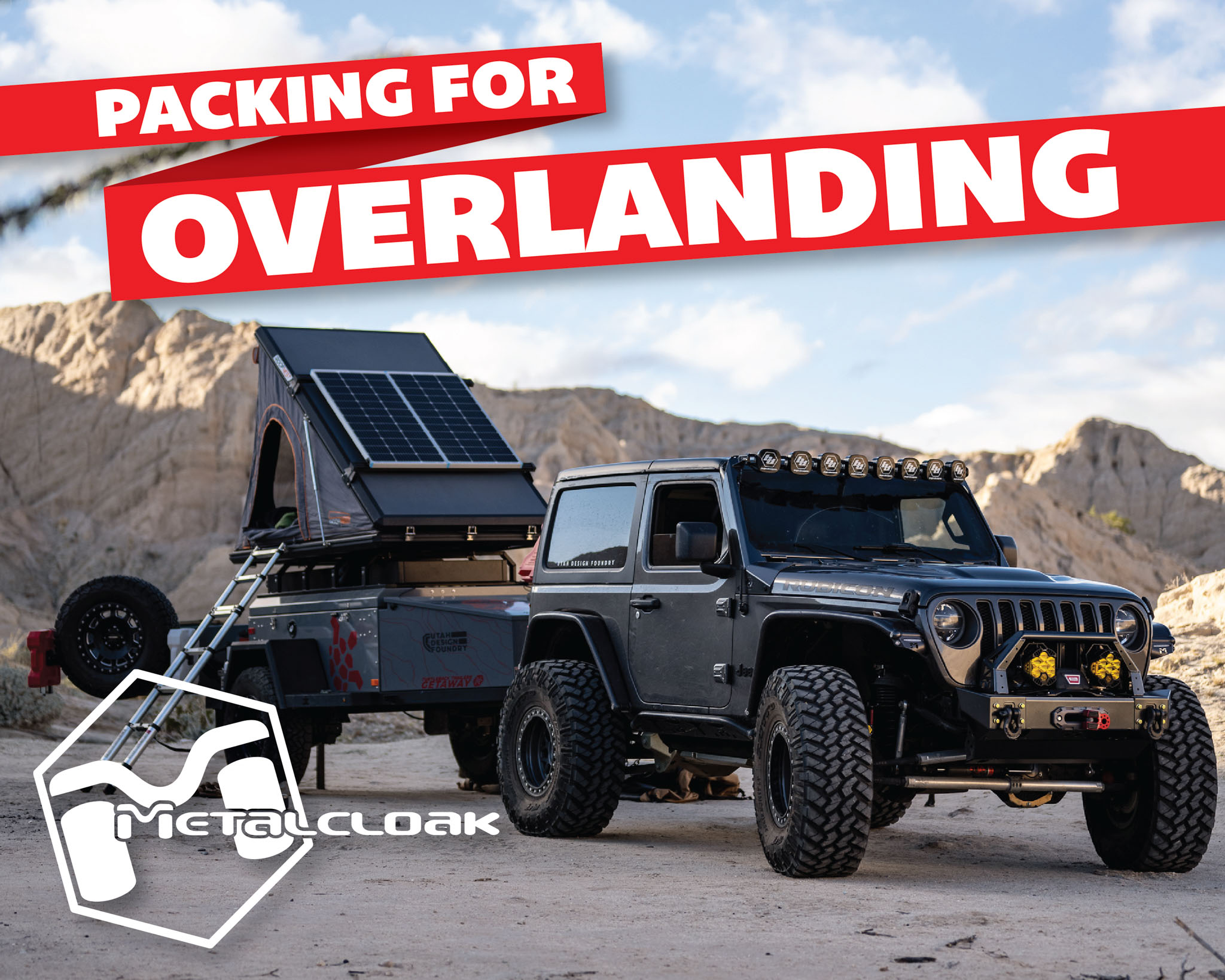
New to the world of overlanding and wondering what to pack for your first overland trip? Never fear! While packing for overlanding may initially seem like a daunting task, ultimately your gear list can be condensed down into a few basic categories.
Recovery Gear for Overlanding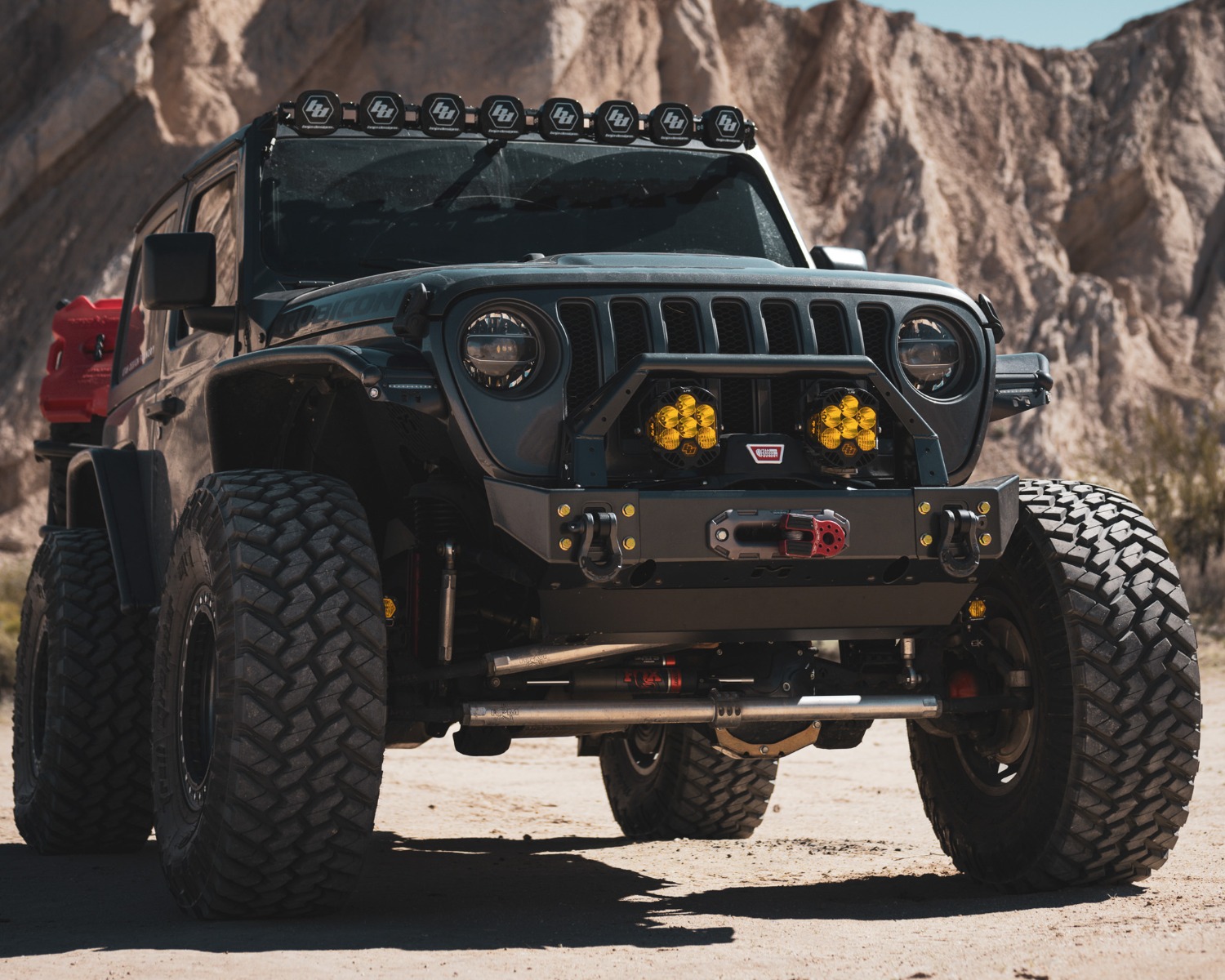
One of the most important things to pack for an overlanding trip is a good set of recovery gear. While you may hope to not have to use it, when you find yourself in a situation where it is necessary, you will be extremely thankful that you have it. Overlanding recovery kits span the entire gamut in their complexity and contents, but Metalcloak recommends the following essentials at a minimum to make sure you are prepared for common recovery scenarios on the trail.
Winch – Although it will likely be the single most expensive piece of recovery gear in your arsenal, a good winch can pay for itself in a single use, particularly if you plan on venturing alone. Off-road tows can be extremely expensive and a winch can bolster your confidence and safety when out on the trail. It is very important to know how to use your winch before embarking into the unknown, so we recommend checking out this video series from our friends at Warn that will help you learn the basics of winch-based recoveries before testing your skills on the trail. https://www.warn.com/basic-guide-to-winch-techniques.
For an exciting video of a real-world recovery scenario, check out this video from our friend Casey250. https://www.youtube.com/watch?v=UU7Y8yoGvMc
Still have that factory bumper that’s not winch compatible? Metalcloak’s got you covered! Check out our catalog of the best winch-compatible bumpers here: https://metalcloak.com/jeep-jl-wrangler-suspension-fenders-skid-plates/jl-wrangler-bumpers.html
Tow Rope – If you haven’t yet purchased a winch, a tow rope and a good buddy in another 4x4 can get you out of most situations. Just make sure you attach your rope to the frame, a frame-mounted tow hook, tow receiver, or one of Metalcloak’s frame-built bumpers that is designed to take the abuse of towing. Do not attach the tow rope to your axles, suspension, or steering linkage, as these components are not designed to handle the types of forces exerted from towing.
D-Rings or Soft Shackles – D-rings vs. soft shackles is a common debate, but the truth is, there is no best option as both d-rings and soft shackles have their own unique pros and cons. Generally speaking, soft shackles can be quicker to attach and are a less dangerous projectile if something goes wrong, while d-rings can handle much more force but are a bit slower to use. For most recovery scenarios either should be fine. The important consideration here is that you have one or the other in order to attach the tow rope to your vehicle or attach your winch line to an anchor point.
Traction Boards – 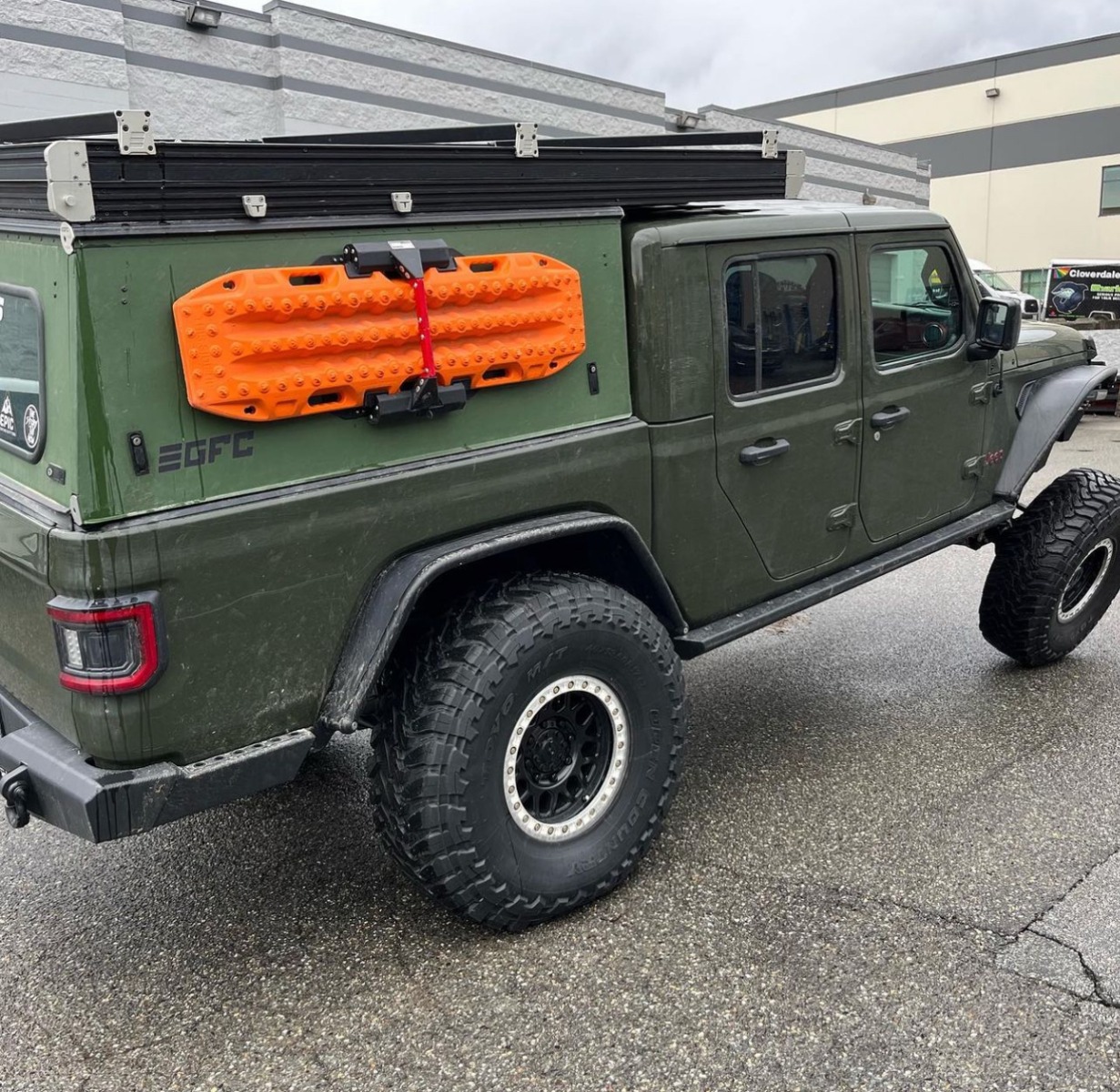 Stuck in soft sand, a snow drift, or some thick mud? Traction boards offer a great first-line option to get your vehicle unstuck. Although not perfect for every scenario, they are an affordable option that are quick to deploy and very safe compared to tension-based methods. Experienced off-roaders typically use this method first then, if unsuccessful, move on to tow ropes or winches.
Stuck in soft sand, a snow drift, or some thick mud? Traction boards offer a great first-line option to get your vehicle unstuck. Although not perfect for every scenario, they are an affordable option that are quick to deploy and very safe compared to tension-based methods. Experienced off-roaders typically use this method first then, if unsuccessful, move on to tow ropes or winches.
Overland Navigation Equipment
Whether you plan to go old school with a map and compass, or embrace modernity with one of the many navigation apps available, being able to find your way to – and more importantly, from – your destination will be vital to your trips success.
First Aid Equipment
Another item on the list that you hope to never use but will be extremely grateful to have if you need it. A good first aid kit is an essential item in any offroad checklist.
Food and Water
A gallon of water per person per day is a great rule of thumb, and don’t forget the pets! As space allows, we recommend packing a bit more food and water than you think you need just in case, and always have a backup plan to procure more in the event that you run out.
Storage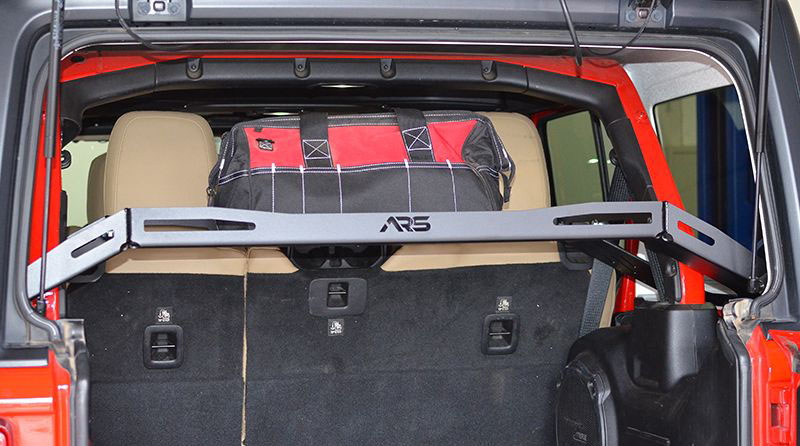
So you’ve acquired all of the necessary overlanding gear, now what? Well, ideally you’ll identify a tidy and safe way to stow it all in your rig. Not only does good overlanding storage and organization aid in efficiency, it is also imperative for safety. Those steel d-rings you tossed in the back may seem harmless now, but in the event of a rollover or crash at highway speeds, they can become extremely dangerous. For some great overlanding storage options check out https://adventureracksystems.com.
Overlanding Essentials
Beyond this basic list, the rest is up to you, and really depends on what type of adventure you want. Trekking through Australia on a 3-week excursion? You’ll likely need to look at adding awnings, roof top tents, fridges, and more. If you’re just looking to get outside and away from civilization on a day trip, we recommend starting with this list and expanding as your hobby grows. That’s the beauty of overlanding. Despite what the internet may lead you to believe, you really don’t need much to get out and have fun aside from a running vehicle and a thirst for adventure.
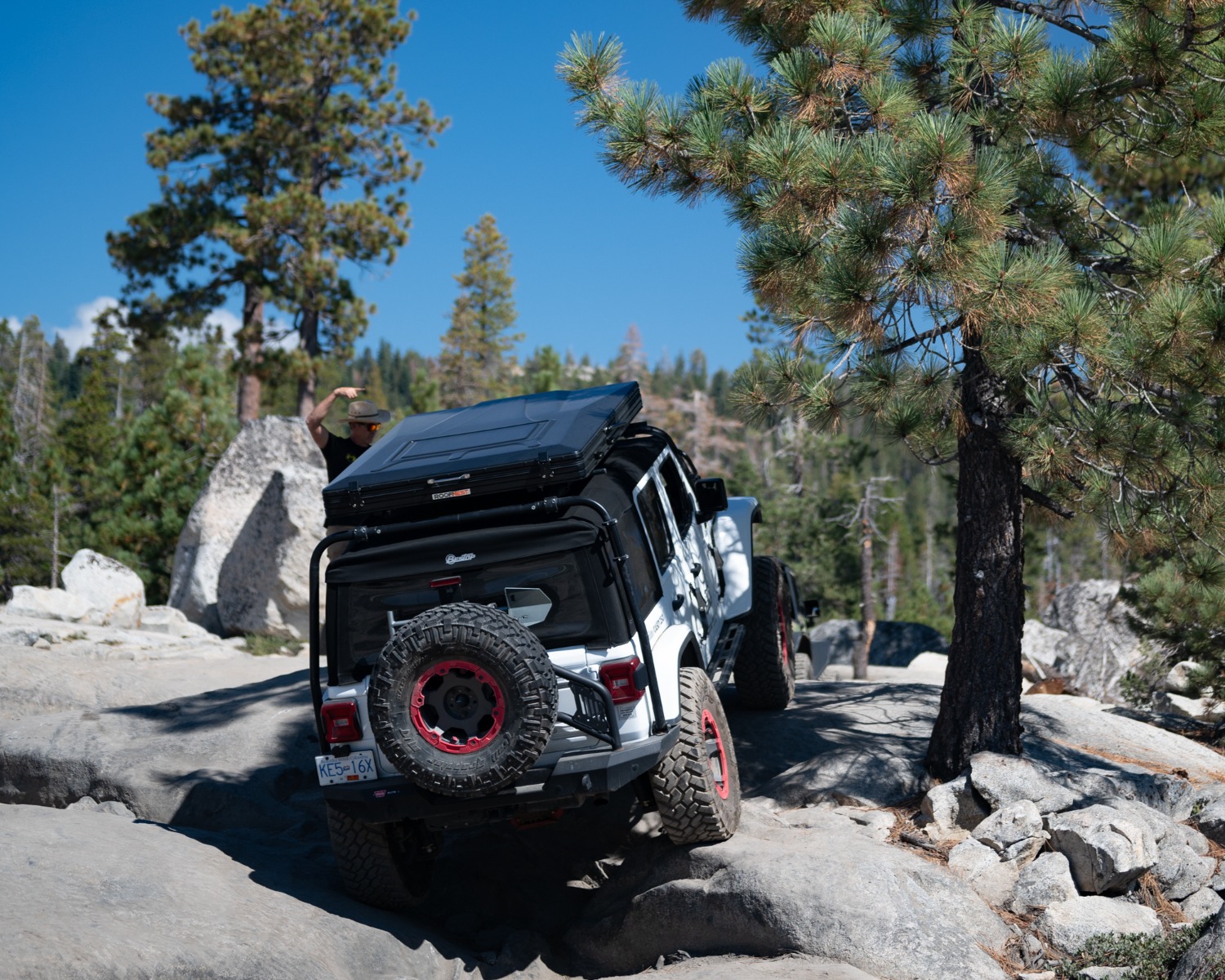
Author: Ryan Utah Kledzik
Follow Ryan on Instagram as @ryanutah



